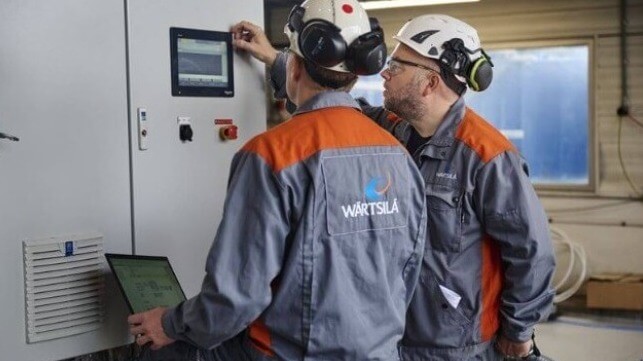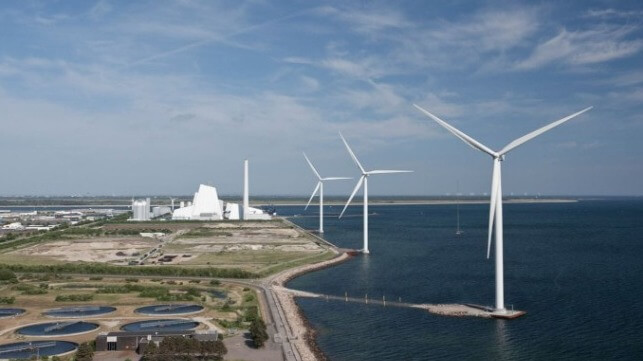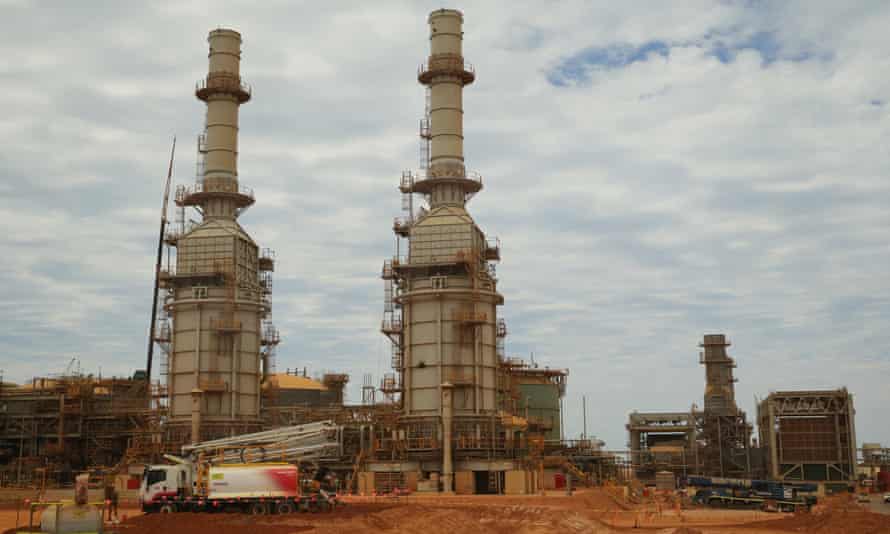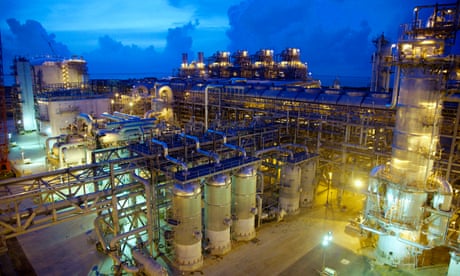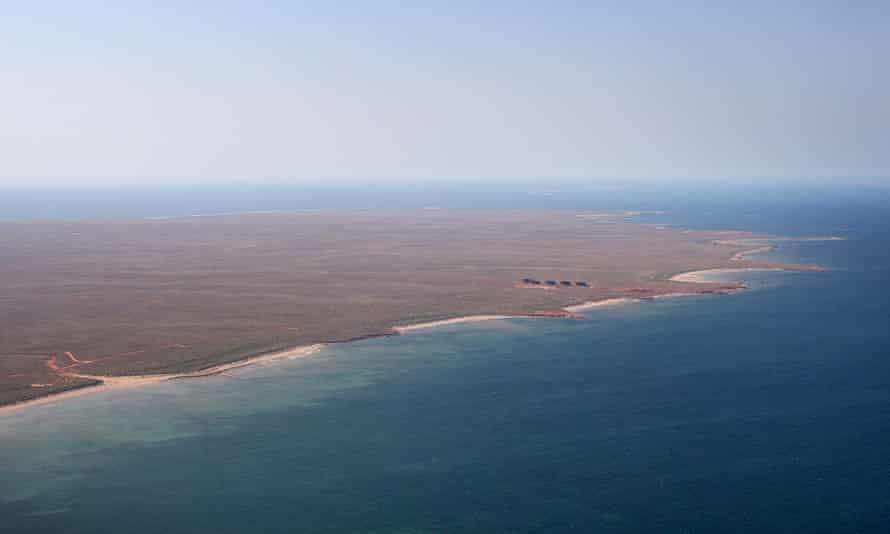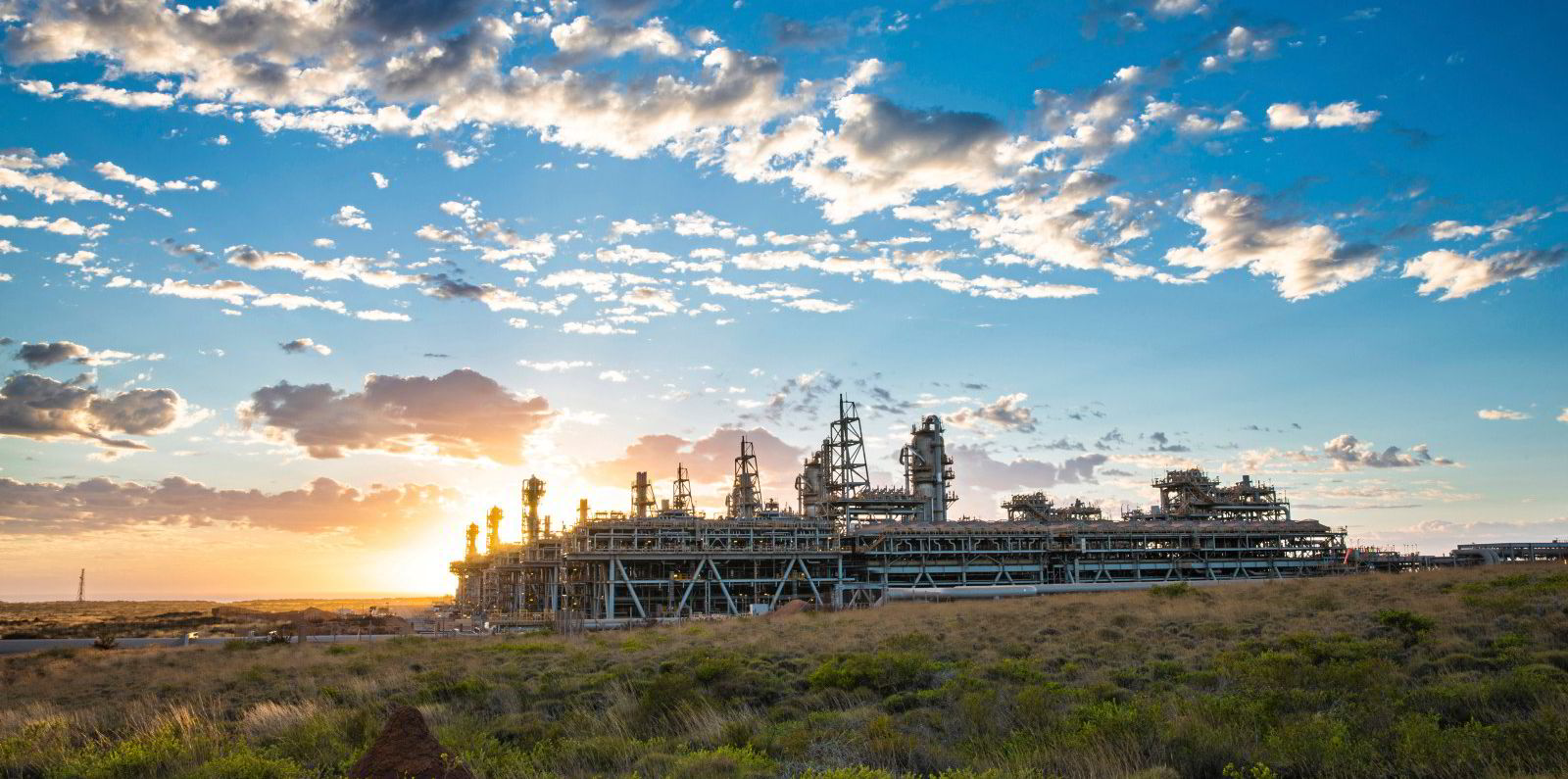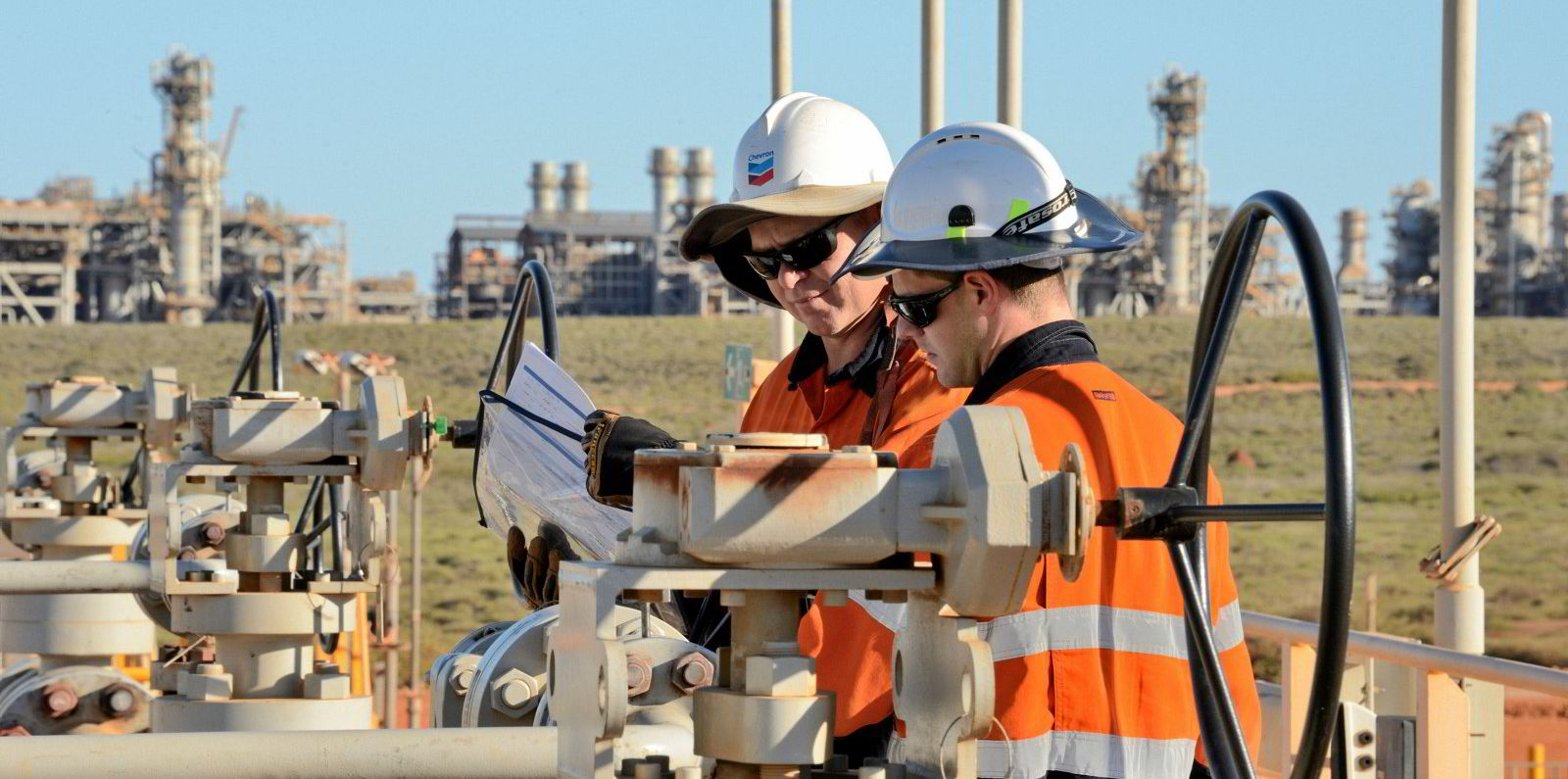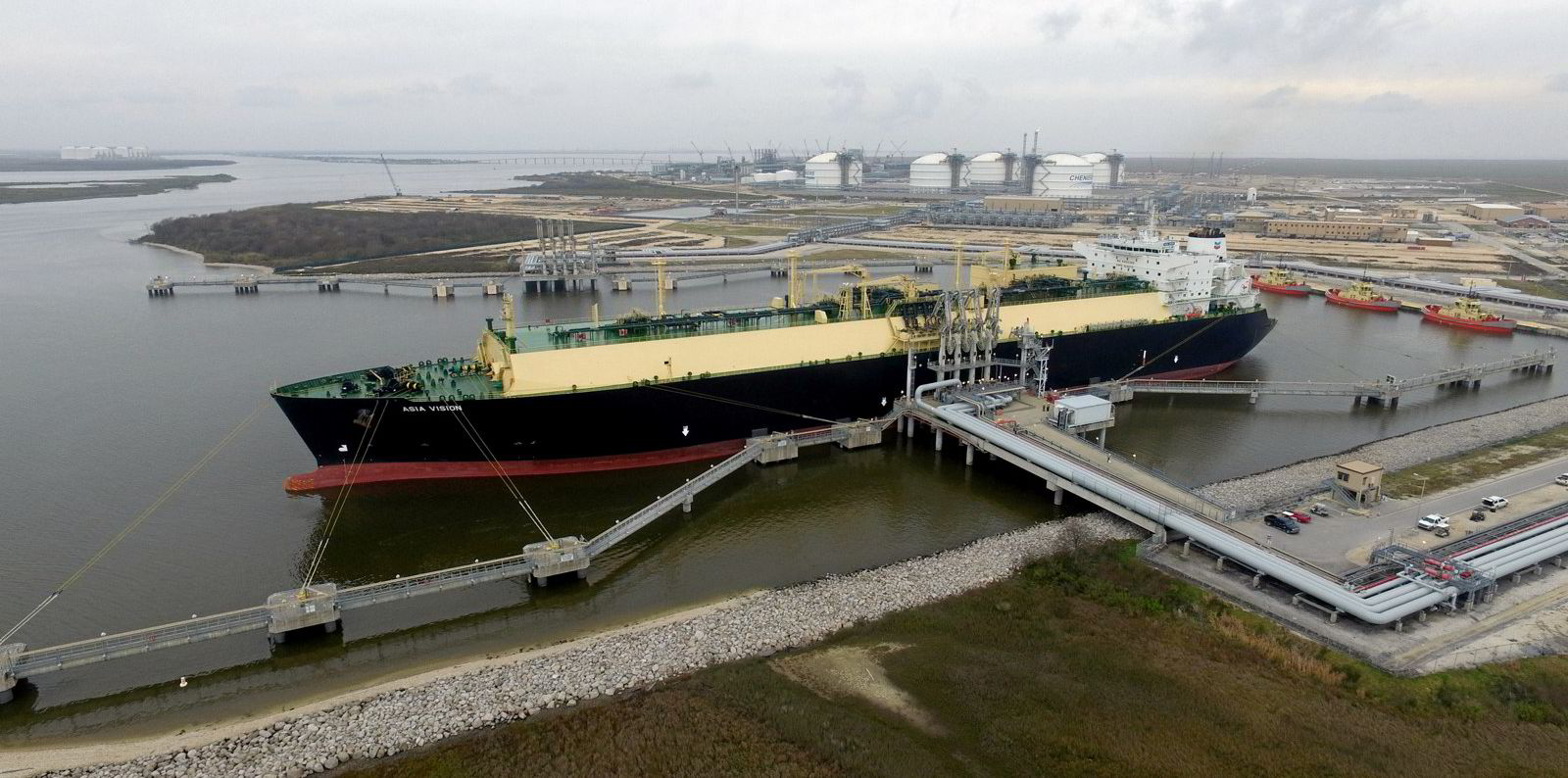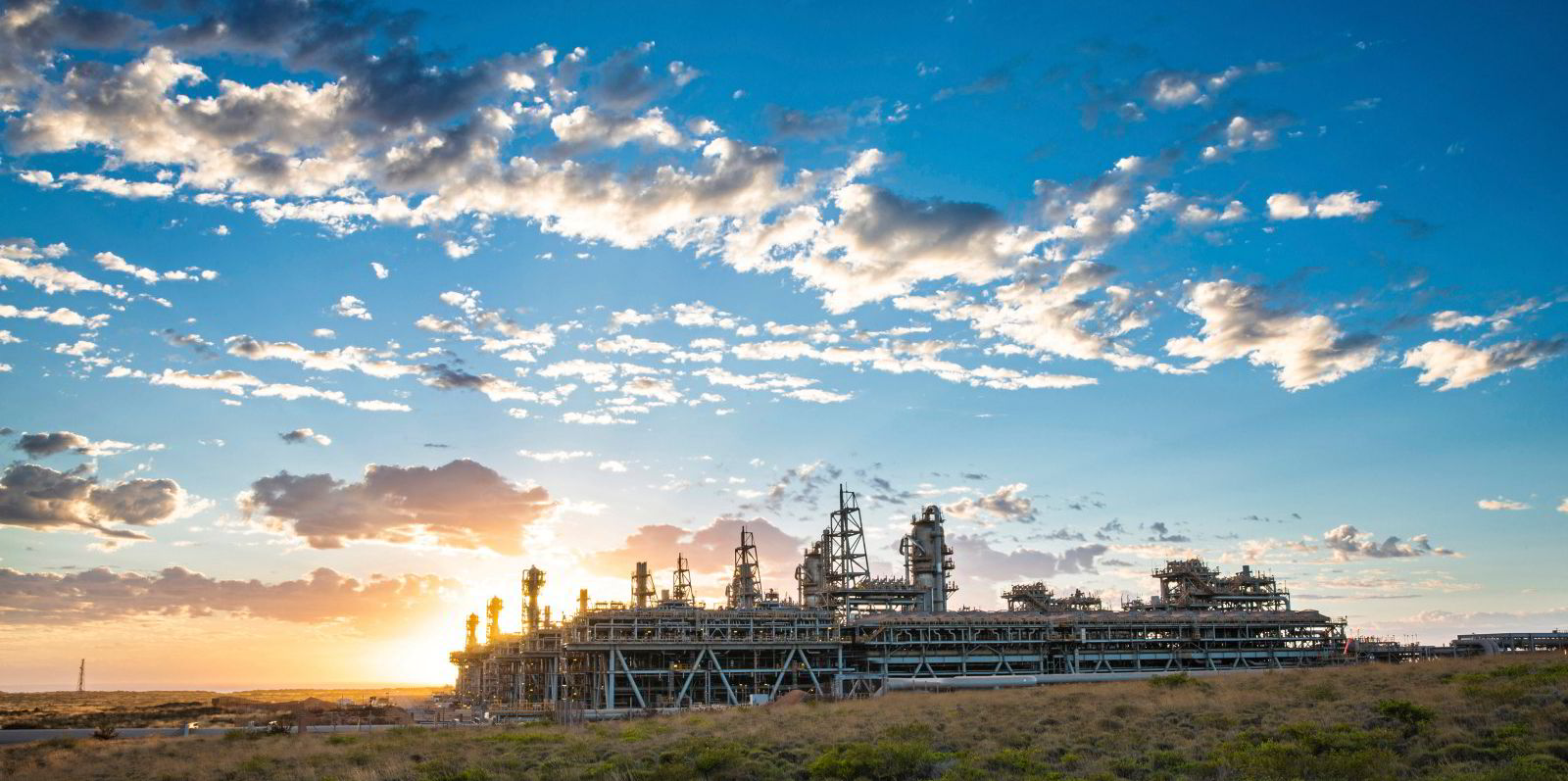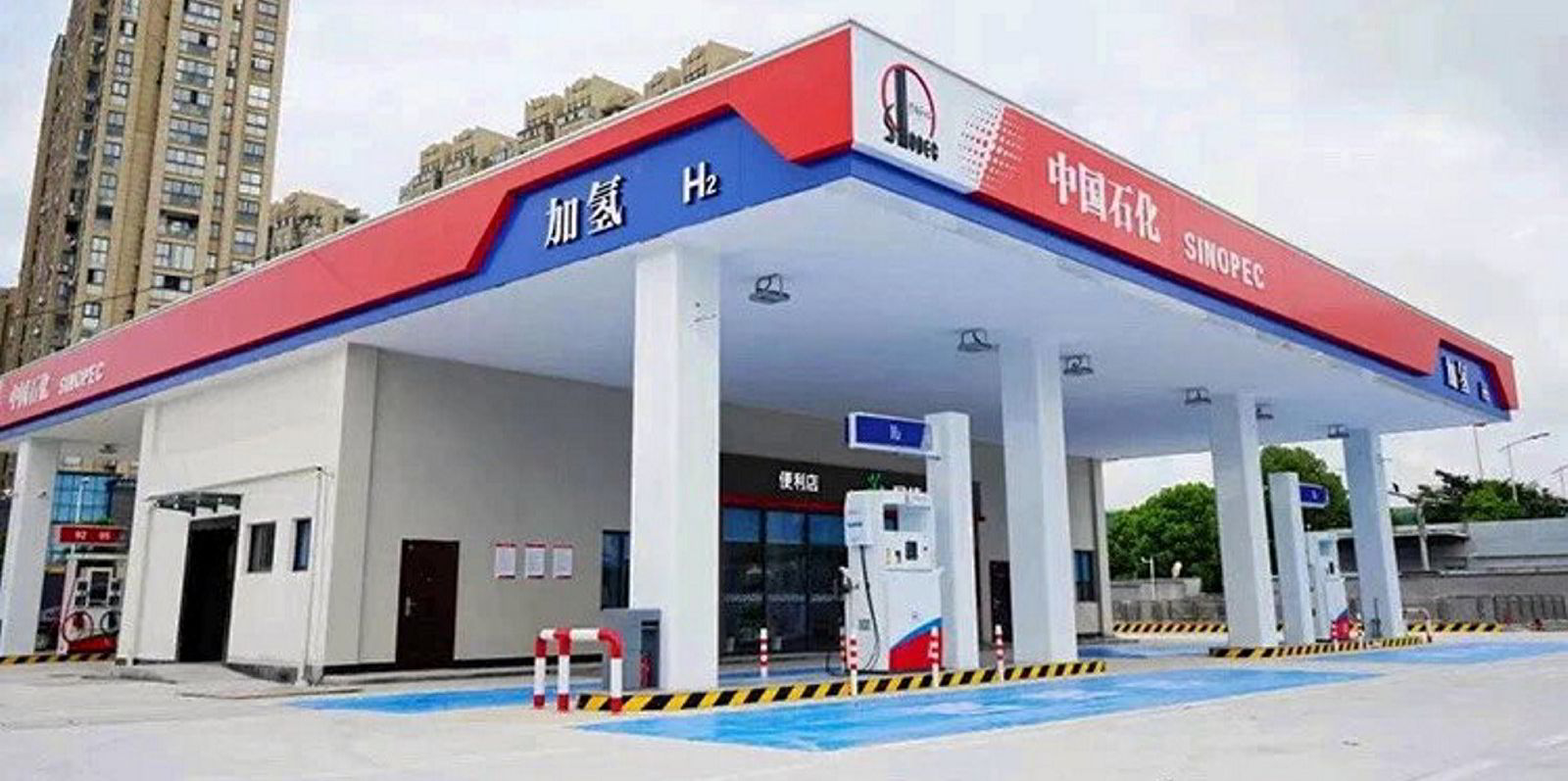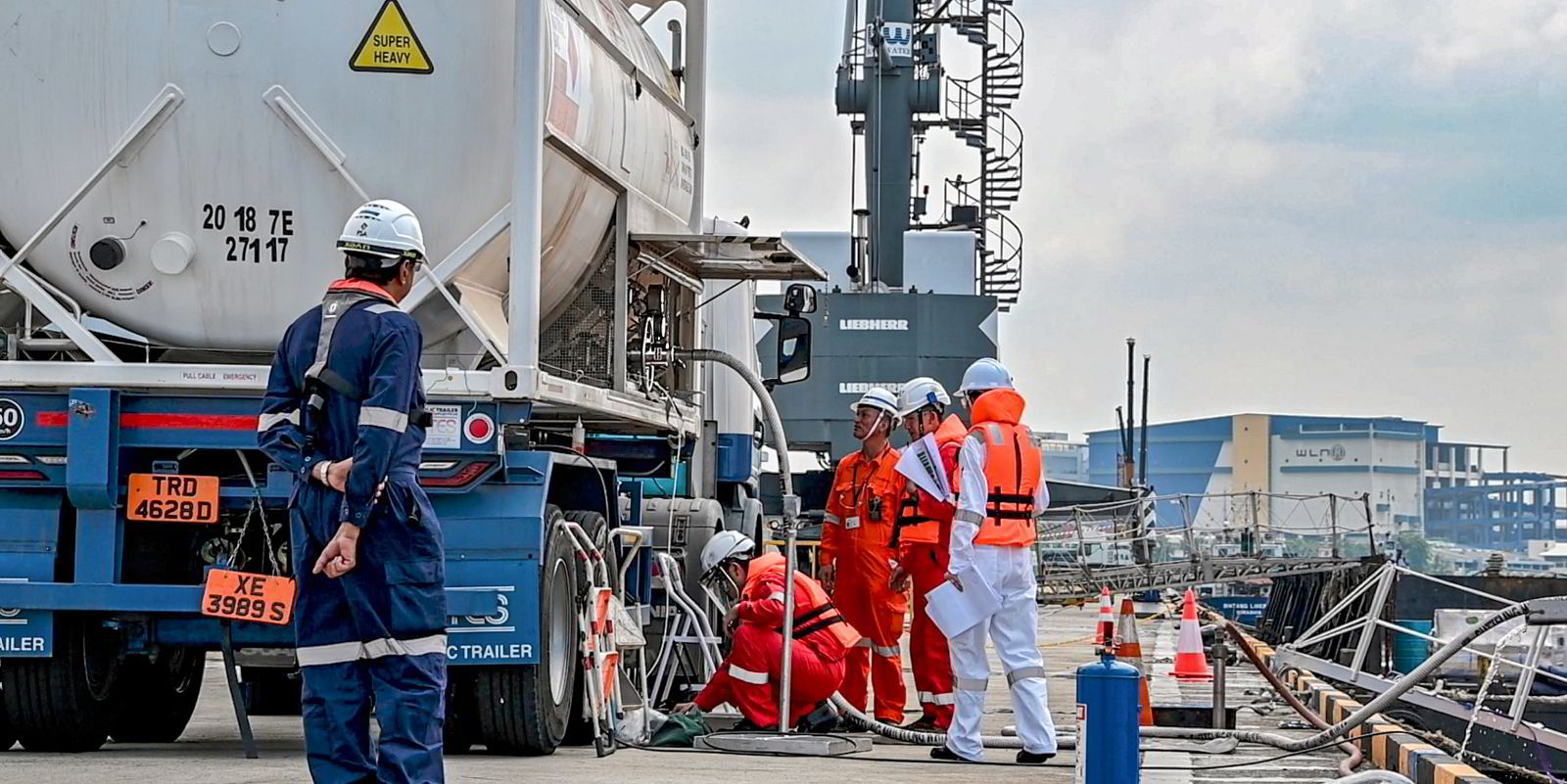Onboard CCS is Paving the Way for Shipping’s Carbon-Neutral Future
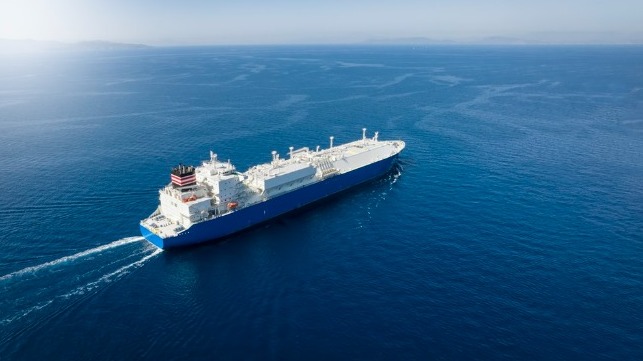
Reducing Greenhouse Gas (GHG) emissions from international shipping is a considerable challenge, but advancements are being made to address this global issue. Onboard carbon capture and storage (CCS) stands out as a revolutionary technology for the shipping industry, offering a tangible means to reduce carbon dioxide (CO2) emissions from ships. This becomes increasingly crucial as the industry navigates the development of power alternatives like hydrogen fuel cells and future fuels, such as renewable ammonia and methanol.
The regulatory landscape for onboard CCS is evolving rapidly, driven by the urgent need to reduce maritime emissions. Recent regulatory initiatives such as the 2022 Inflation Reduction Act (IRA), in the United States, and the European Union's Fit for 55 package – which includes shipping's integration into the EU ETS – have spurred increased investments in CCS projects.
However, the economic value of CCS compared to freely emitting CO2 requires further policy refinement. Effective regulation is essential to incentivize CCS adoption and foster technological advancements. The EU Commission's forthcoming integration of atmospheric CO2 removal and storage into emissions trading by July 2026, exemplifies proactive regulatory measures to create a predictable environment for CCS technologies' deployment, attracting investments and advancing adoption.
With the world’s first full-scale installation set for the summer of 2024, Wärtsilä is accelerating the deployment of CCS for shipping, a vital technology to mitigate climate change and deliver climate neutrality. The upcoming pilot onboard Solvang’s ethylene carrier, Clipper Eris, serves as a precursor to the commercial roll out in 2025, showcasing the technical viability of retrofitting CCS technology and refining its capabilities.
This testing phase is crucial to understanding training requirements, the value chain, and service and maintenance organisation. Once vessels equipped with CCS technology hit the water over the next few years, the highest performing systems will be able to capture up to 70% of their carbon emissions before they enter the atmosphere. Combined with alternative fuels, clean tech, and voyage optimization, achieving net-zero shipping becomes a realistic possibility.
But we didn’t get here overnight. The evolution of scrubber technology within the maritime industry has been instrumental in paving the way for onboard CCS systems. Initially developed to comply with sulphur emission regulations, scrubbers have matured into versatile systems capable of addressing a range of pollutants. By efficiently removing non-CO2 pollutants from ship exhausts, scrubbers ensure efficient pre-treatment for CO2 capture, enabling the safe storage and subsequent disposal of carbon at port facilities.
Continuous upgrades and advancements in scrubber capabilities have positioned them as critical components in tackling shipping's holistic environmental challenges. Technologies such as selective catalytic reduction systems (SCR) and exhaust gas recirculation systems (EGR) have been integrated to tackle NOx emissions, meeting stringent MARPOL Tier III requirements. Beyond regulatory compliance, scrubbers now boast the ability to filter particulate matter, black carbon, and even microplastics from scrubber washwater through advanced filtering systems.
As scrubbers continue to evolve, they not only contribute to cleaner air and oceans but also play a pivotal role in enabling the implementation of onboard CCS systems, marking a significant milestone in the maritime industry's journey towards sustainability. This progression demonstrates the industry's commitment to environmental stewardship and highlights how regulatory compliance has spurred innovation towards tackling broader environmental challenges.
Furthermore, extensive testing of Wärtsilä’s CCS system in Moss, Norway, operating at a 1 MW scale, has provided valuable insights and enabled the identification of unique challenges in designing a CCS system for ships. For example, testing the merits of different CO2 capture solvents has shown that a solvent optimised for marine engine exhaust gas can potentially achieve capture rates of up to 80%.
Whilst technological development progresses, most significant obstacles arise in the physical integration of CCS onboard ships. Challenges such as space limitations, energy requirements, storage infrastructure, and exhaust pre-treatment must be addressed for both new and existing vessels to achieve decarbonisation goals.
To tackle these issues, Wärtsilä Exhaust Treatment has expanded its services to offer CCS feasibility studies and provide shipowners and operators with comprehensive commercial proposals for CCS integration. These studies, spanning four to six months, involve early ship design engagement and engineering work to determine how to accommodate the power, space, and exhaust requirements of CCS onboard, ensuring minimal disruption during potential retrofitting. By closely analysing ship architecture, these studies accelerate the initial phases of CCS integration and educate customers on its benefits and complexities.
Equally important is the role being played by CCS-ready scrubbers, designed to accommodate future CCS retrofits while ensuring near-term compliance with sulphur cap regulations. These scrubbers are engineered to facilitate easy adaptation to CCS installation in the future, thus future-proofing vessels. If all ships with a Wärtsilä scrubber adopt CCS, a potential reduction in 30 million tonnes in CO2 emissions, at a 70% capture rate, could be achieved.
2024 is poised to be a hugely significant year for shipping’s decarbonisation journey, as new regulations and net-zero commitments propel industry players to increase their uptake of operational and energy efficiency technologies. However, the widespread availability of low-carbon products, which are cheaper than their high-carbon alternatives, remain a distant prospect, underscoring the urgency to accelerate the adoption of CCS technologies. In order to achieve these targets, it is imperative to share expertise, build capacity, and provide support for CCS implementation, ensuring its pivotal role in curbing GHG emissions.
As investment decisions also loom large in 2024, the CCS industry has a unique opportunity to showcase its potential in combating climate change, while fostering innovation and cost reduction. Policies such as carbon pricing and emission mandates serve as crucial enablers, not only incentivizing decarbonization but also mitigating risks associated with CCS deployment.
Against a backdrop of increasing sustainability commitments, financing CCS equipment emerges as a strategic avenue, aligning with both environmental objectives and the evolving priorities of financial institutions. Additionally, ship owners embracing carbon reduction initiatives not only gain a competitive edge in markets that are increasingly prioritizing sustainability, but also stand to attract enhanced investment capital from institutions that are factoring in environmental, social, and governance (ESG) considerations.
Now is the time to leverage CCS deployment as a catalyst for transformative change, in both industry practices and policy frameworks, ensuring a sustainable path forward for our planet and economy alike.
Sigurd Jenssen is the Director of Wärtsilä Exhaust Treatment.
The opinions expressed herein are the author's and not necessarily those of The Maritime Executive.

